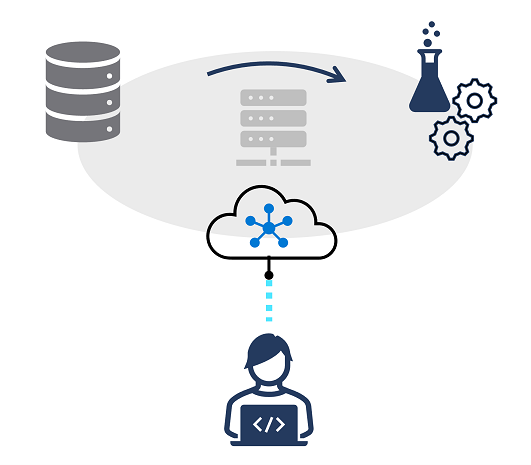Understand capabilities of Azure Machine Learning
Microsoft Azure provides the Azure Machine Learning service - a cloud-based platform for running experiments at scale to train predictive models from data, and publish the trained models as services.

Azure Machine Learning provides the following features and capabilities:
| Feature | Capability |
|---|---|
| Automated machine learning | This feature enables non-experts to quickly create an effective machine learning model from data. |
| Azure Machine Learning designer | A graphical interface enabling no-code development of machine learning solutions. |
| Data and compute management | Cloud-based data storage and compute resources that professional data scientists can use to run data experiment code at scale. |
| Pipelines | Data scientists, software engineers, and IT operations professionals can define pipelines to orchestrate model training, deployment, and management tasks. |
Data scientists can use Azure Machine Learning throughout the entire machine learning lifecycle to:
- Ingest and prepare data.
- Run experiments to explore data and train predictive models.
- Deploy and manage trained models as web services.
Software engineers may interact with Azure Machine Learning in the following ways:
- Using Automated Machine Learning or Azure Machine Learning designer to train machine learning models and deploy them as services that can be integrated into AI-enabled applications.
- Collaborating with data scientists to deploy models based on common frameworks such as Scikit-Learn, PyTorch, and TensorFlow as web services, and consume them in applications.
- Using Azure Machine Learning SDKs or command-line interface (CLI) scripts to orchestrate DevOps processes that manage versioning, deployment, and testing of machine learning models as part of an overall application delivery solution.
Note
For more information, see Azure Machine Learning.